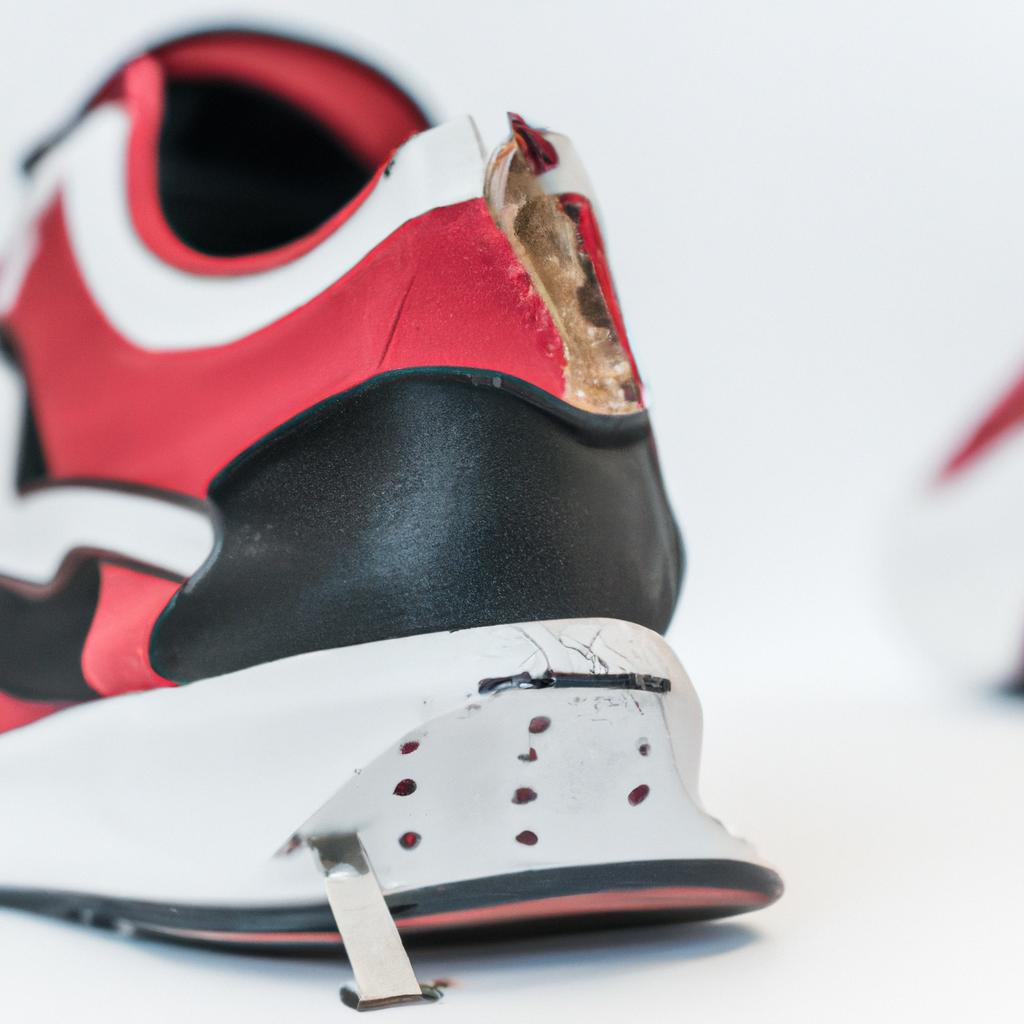The Role of Footwear in Preventing Overuse Injuries: How Proper Shoe Selection Can Enhance Running Mechanics and Reduce Injury Risk
# The Role of Footwear in Preventing Overuse Injuries: How Proper Shoe Selection Can Enhance Running Mechanics and Reduce Injury Risk
Running is one of the most accessible forms of exercise, but it also comes with a higher risk of overuse injuries, especially when proper precautions are not taken. One significant factor in injury prevention is footwear. The right pair of shoes can improve running mechanics, provide adequate support, and ultimately help reduce the risk of injuries. In this blog post, we will explore the importance of shoe selection, provide nutrition and exercise tips, and discuss the health benefits of proper footwear.
## Understanding Overuse Injuries
Overuse injuries occur when the same muscle or joint is used repetitively without adequate rest, leading to inflammation and pain. Common running-related overuse injuries include shin splints, plantar fasciitis, Achilles tendonitis, and runner’s knee. These injuries often stem from poor biomechanics, inadequate recovery, and, importantly, improper footwear.
### The Importance of Proper Shoe Selection
Selecting the right running shoes can significantly impact your biomechanics and overall performance. Here are some key considerations when choosing footwear:
1. **Foot Type**: Understanding your foot type (neutral, pronated, or supinated) is crucial in selecting the right shoe. Pronation refers to the inward roll of the foot upon landing. Those with flat feet (overpronators) require shoes with more stability and support, while those with high arches (supinators) may benefit from cushioned shoes that allow for greater shock absorption.
2. **Running Surface**: Different terrains require different types of shoes. Trail running shoes provide better grip and stability for off-road conditions, while road running shoes offer more cushioning for pavement.
3. **Fit and Comfort**: A shoe should feel comfortable right from the start. Ensure there is enough space in the toe box, and that the heel fits snugly to avoid blisters. Consider trying shoes on later in the day when your feet are slightly swollen to mimic conditions during a long run.
4. **Cushioning and Support**: Shoes vary in terms of cushioning and support. While some runners prefer a minimalist shoe for better ground feel, others may require maximum cushioning for shock absorption. Finding the right balance between cushioning and support can enhance running mechanics and reduce fatigue.
## Nutrition Tips for Runners
While footwear plays a crucial role in injury prevention, nutrition also contributes significantly to your running performance and recovery. Here are some essential nutrition tips for runners:
1. **Stay Hydrated**: Dehydration can lead to muscle cramps and fatigue. Aim to drink water before, during, and after your runs. Electrolyte drinks can be beneficial for longer distances.
2. **Balanced Diet**: Fuel your body with a mix of carbohydrates, proteins, and healthy fats. Carbohydrates are crucial for energy, while proteins aid in muscle repair. Include whole grains, lean meats, fruits, and vegetables in your meals.
3. **Pre-Run Snacks**: A light snack rich in carbohydrates, such as a banana or a slice of toast with honey, can provide a quick energy boost before a run.
4. **Post-Run Recovery**: Consume a meal or snack that includes protein and carbs within 30 minutes of finishing your run. This can help replenish glycogen stores and promote muscle recovery.
## Exercise Advice for Injury Prevention
In addition to proper footwear and nutrition, incorporating specific exercises into your routine can further reduce the risk of overuse injuries:
1. **Strength Training**: Incorporate exercises that target the core, hips, and legs. Strengthening these areas can improve stability and support proper running mechanics. Consider lunges, squats, and planks.
2. **Flexibility and Mobility**: Stretching before and after runs can improve flexibility and reduce muscle tightness. Focus on your calves, hamstrings, quadriceps, and hip flexors.
3. **Cross-Training**: Engaging in low-impact activities such as swimming or cycling can help maintain cardiovascular fitness while reducing the stress placed on your joints from running.
## Health Benefits of Proper Footwear
The right footwear does more than just prevent injuries; it also provides numerous health benefits:
1. **Improved Performance**: Properly fitted shoes can enhance running efficiency, leading to improved performance and endurance.
2. **Enhanced Comfort**: A good pair of shoes can reduce discomfort during runs, allowing you to focus on your performance rather than your feet.
3. **Long-term Health**: By preventing overuse injuries, you can maintain a consistent running routine, contributing to long-term cardiovascular health and overall well-being.
## Conclusion
Footwear plays a pivotal role in preventing overuse injuries in runners. By understanding your foot type, selecting the appropriate shoes, and combining proper footwear with nutrition and exercise strategies, you can enhance your running mechanics and significantly reduce injury risk. Remember, a small investment in quality shoes can lead to big returns in performance and health. Take care of your feet, and they’ll take care of you on your running journey!















Post Comment